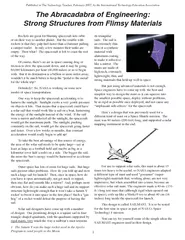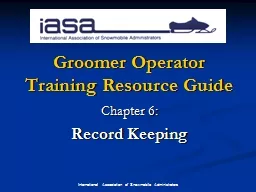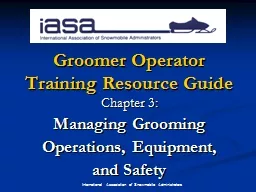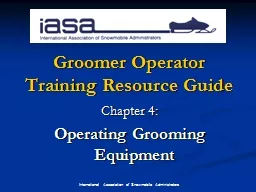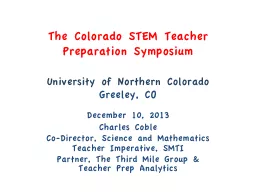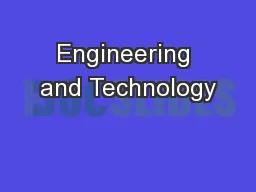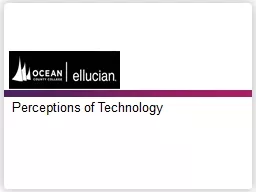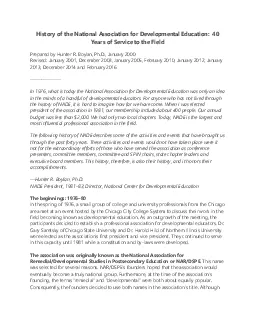PDF-The Technology Teacher, February 2007, by the International Technology Education Association ...
Author : mitsue-stanley | Published Date : 2015-07-22
a camper trailer In only a few minutes their tanks are empty Then what The spacecraft is left to coast the rest of the way Of course there
Presentation Embed Code
Download Presentation
Download Presentation The PPT/PDF document "The Technology Teacher, February 2007, b..." is the property of its rightful owner. Permission is granted to download and print the materials on this website for personal, non-commercial use only, and to display it on your personal computer provided you do not modify the materials and that you retain all copyright notices contained in the materials. By downloading content from our website, you accept the terms of this agreement.
The Technology Teacher, February 2007, by the International Technology Education Association ...: Transcript
Download Rules Of Document
"The Technology Teacher, February 2007, by the International Technology Education Association
..."The content belongs to its owner. You may download and print it for personal use, without modification, and keep all copyright notices. By downloading, you agree to these terms.
Related Documents

